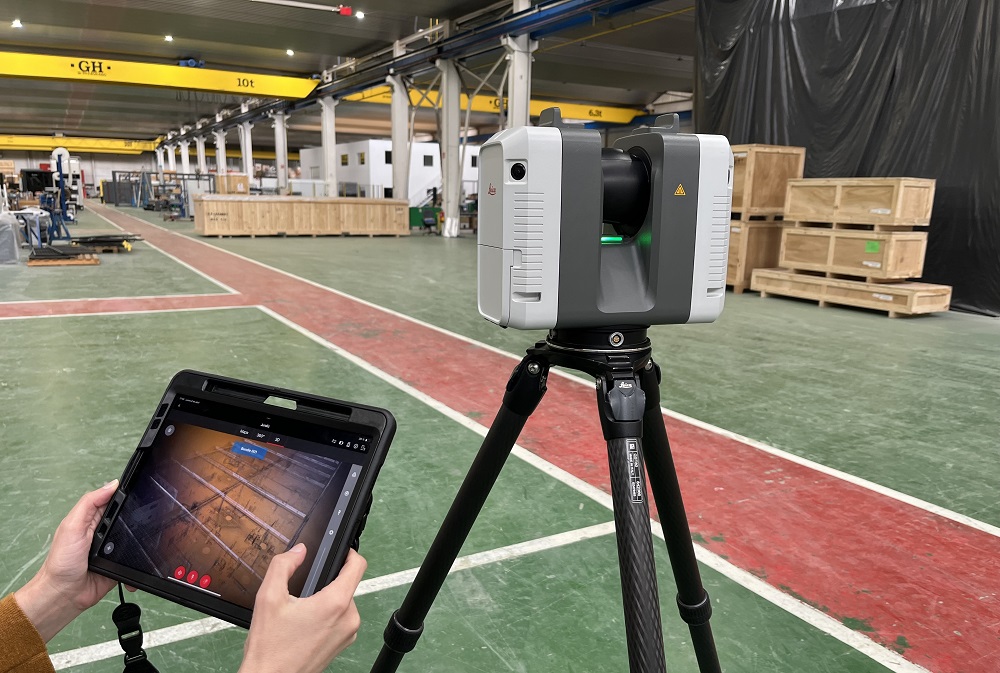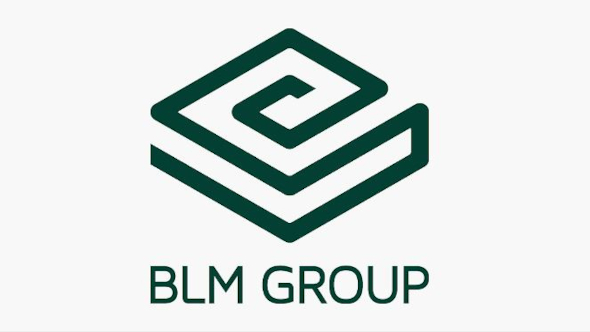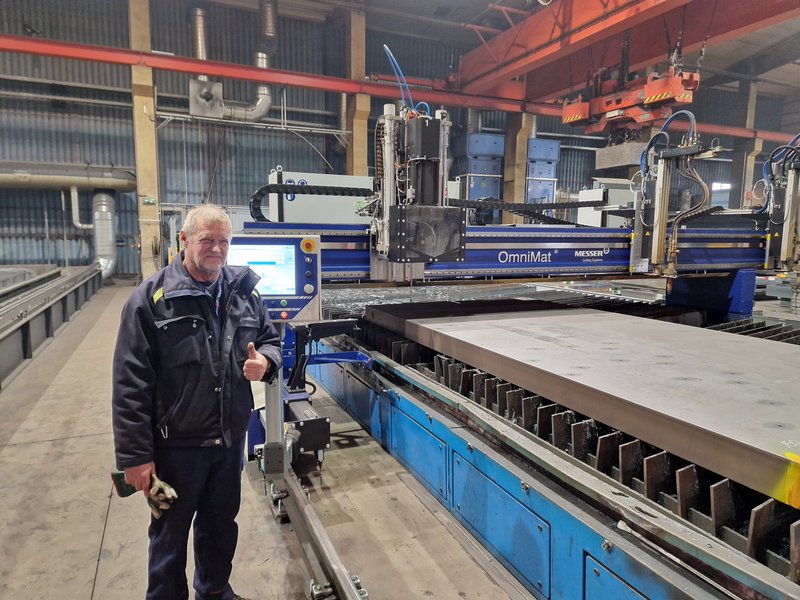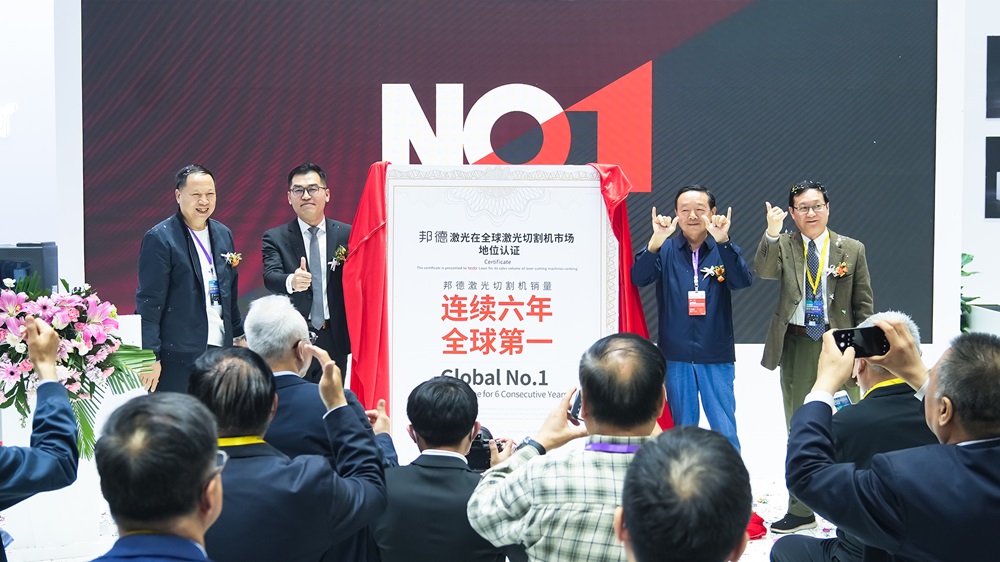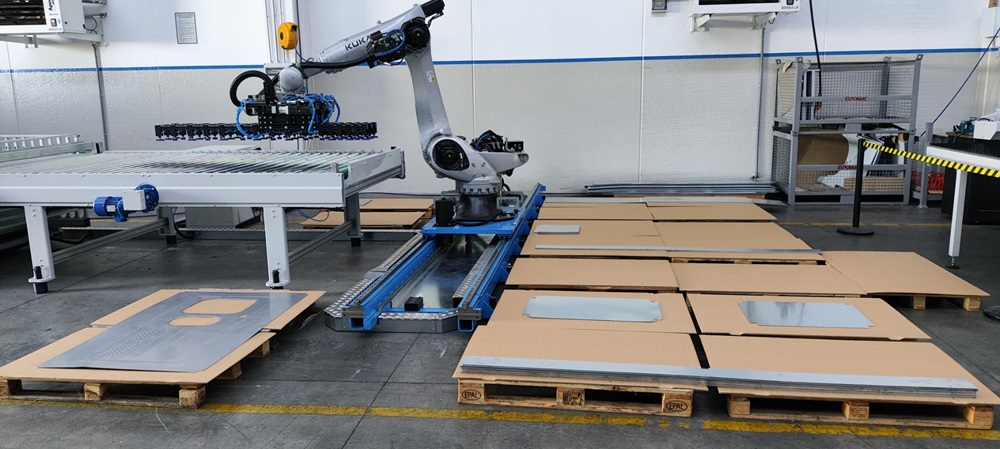Lantek has partnered with Euromac, an Italy-based specialist in combined punching and shearing machines, to deliver an integrated solution that the companies suggest will redefine sheet metal processing. The collaboration merges Euromac’s punching and shearing machines with Lantek’s automation and synchronisation software, offering customers a leap in productivity, cost savings and operational efficiency.
Euromac’s combined punching and shearing machine is capable of executing long cuts in a single stroke, reducing processing time and material consumption. Unlike traditional methods that require multiple impacts or high energy consumption, the company says this technology – based on Euromac’s XT model – delivers faster, more precise cuts with optimal material utilisation.
Beyond cutting performance, Lantek’s software integration takes automation to the next level, enabling fully autonomous production. Lantek’s palletisation system automatically organises and sorts cut pieces, ensuring seamless machine operation without manual intervention. This automation streamlines part stacking and classification based on specific orders, reducing manual handling and improving production flow.
Uninterrupted operation is another key advantage of this solution. Automated unloading ensures continuous machine operation, even during unattended shifts or overnight production, increasing overall productivity. The system’s flexibility allows it to adapt to different production needs with options such as the Gantry Stacker, which uses suction cups for handling and organising parts, or robotic solutions for more complex palletisation requirements.
This development has already been successfully implemented in manufacturing facilities in Italy, Germany and Spain, delivering notable gains in productivity and cost savings. The solution is also designed for seamless integration into fully autonomous production lines, combining punching, shearing and, optionally, automatic bending capabilities.
“Together, we’re shaping the future of digital manufacturing in the sheet metal industry,” states Francisco Pérez, OEM channel director at Lantek.
More information www.lantek.com






